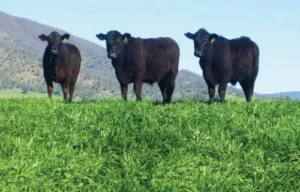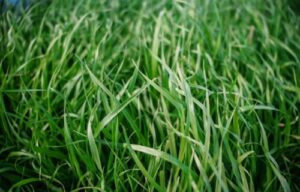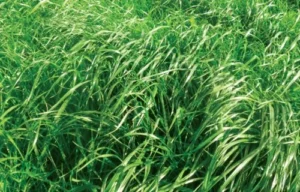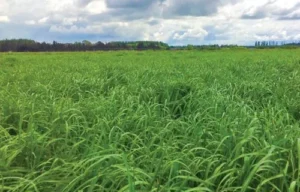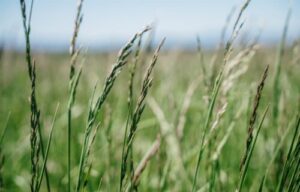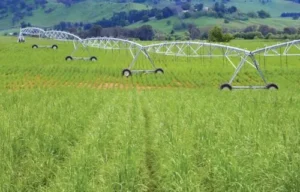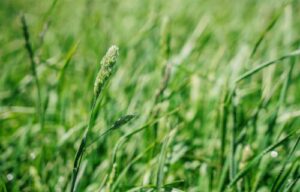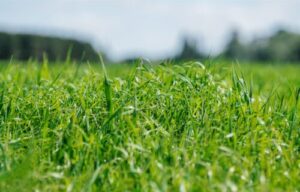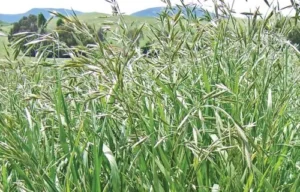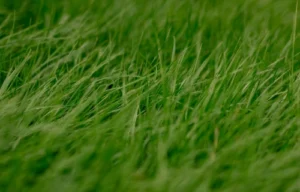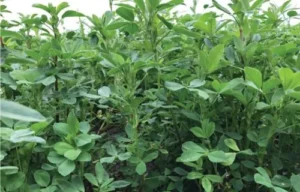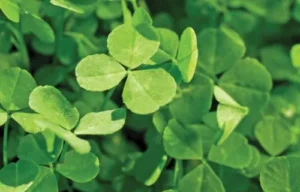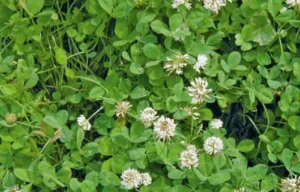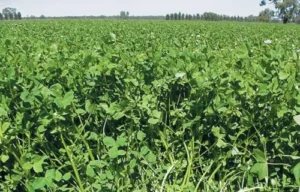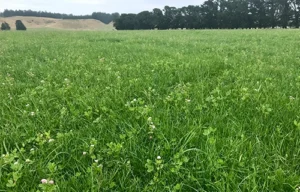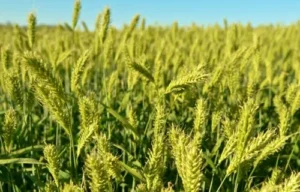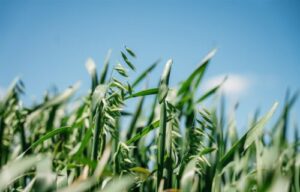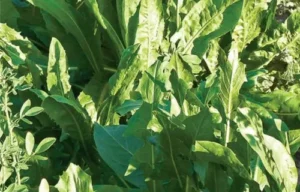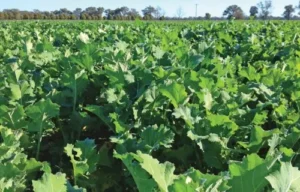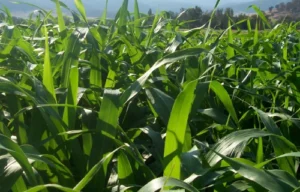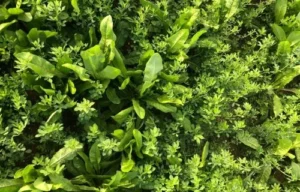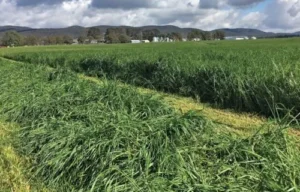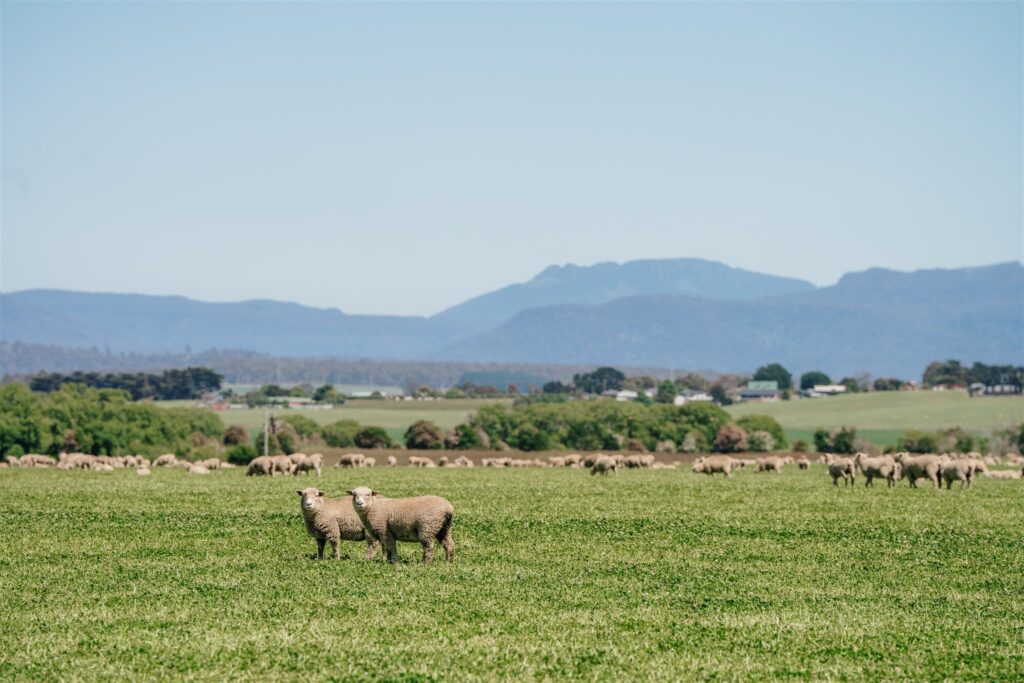Lorem ipsum dolor sit amet, consectetur adipiscing elit. Donec condimentum risus id semper luctus. Curabitur pulvinar varius mattis. Cras odio elit, laoreet vel tincidunt ut, mattis sit amet ligula. Nullam in est eget erat feugiat aliquet nec a sem. Ut cursus, tellus eu mollis ornare, ante elit pulvinar mauris, eget sollicitudin urna quam a massa. Praesent luctus magna quis turpis tempor sodales. Praesent euismod ac mi eget sagittis.
Pastures: The Backbone of Productivity
Pastures form the backbone of Australian livestock systems, influencing both productivity and long-term farm sustainability. Selecting the right seed is arguably the single most important decision a grower can make, as it determines not only yield but also persistence, palatability, and compatibility with the farm system.
The UMS Approach: Science and Experience
At UMS, we combine over 30 years of research, on-farm trials, and agronomy expertise to help growers make informed decisions. Trial sites across Tasmania, Victoria, NSW, and WA provide real-world performance data for species and cultivars under diverse Australian conditions, allowing recommendations that are tailored to specific regions and enterprises.
Matching Seed to Environment
Climate and soil characteristics are critical considerations. In higher rainfall regions such as southern Victoria and Tasmania, perennial ryegrasses and clovers thrive, providing high-quality feed for dairy and intensive livestock systems. Conversely, drier zones of NSW and WA benefit from resilient species such as phalaris, cocksfoot, and tropical perennials that tolerate heat and variable rainfall. Soil structure also plays a pivotal role: sandy soils suit deep-rooted species like lucerne and tall fescue, while heavier clays perform best with waterlogging-tolerant species.
Aligning Seed with Enterprise Goals
Enterprise objectives further dictate seed choice. Dairy operations require high-energy, digestible species to sustain milk production, while beef producers often prioritise persistence and carrying capacity. Sheep enterprises benefit from a combination of legumes and perennials to support both wool quality and lambing success. UMS works with growers and agronomists to align pasture selection with these system-specific goals, ensuring that every paddock delivers both quantity and quality.
Choosing Between Annuals, Short-Lived, and Long-Lived Perennials
Annual species such as oats or Italian ryegrass provide rapid ground cover and fill seasonal feed gaps. Short-lived perennials offer two to four years of productive feed, while long-lived perennials like phalaris or cocksfoot can persist for up to 15 years, providing a reliable feed base and reducing the need for frequent re-sowing. Often, a carefully designed blend achieves the best outcome, offering both resilience and year-round feed availability.
Technical Considerations: Endophytes and Legume Inoculation
Novel endophyte ryegrasses protect pastures from insect pressure while remaining safe for livestock. Pre-inoculated legumes, including clovers and lucerne, ensure effective nitrogen fixation and healthy early growth. Small technical details like these can have a substantial impact on both establishment success and long-term productivity.
Evidence-Driven Decisions for Long-Term Success At UMS, seed recommendations are evidence-driven. By combining multi-site trial data, enterprise knowledge, and agronomic insights, we help growers choose species and cultivars suited to their unique environment and farming system. Pastures sown with UMS varieties deliver strong establishment, sustained productivity, and resilience across seasons, giving growers confidence in every paddock.

